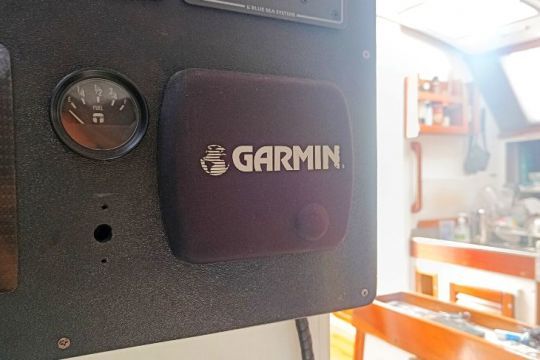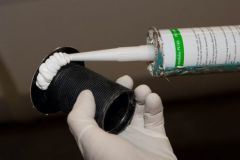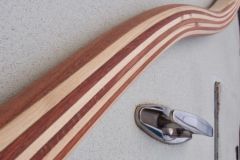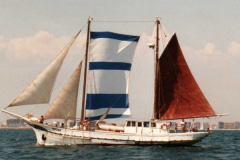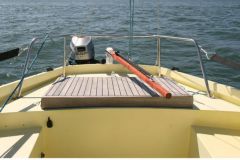Fragile equipment
On board a motorboat or a sailboat, the navigation instruments are subjected to multiple aggressions. Highly solicited by variations in temperature, humidity and UV rays, the screens in particular suffer greatly.
Whether they are inside or outside the cabin, the screens of radars, sounders, GPS, anemometers, weather stations or speedos, for example, can, after some time, begin to show one or more stains: the visibility of the screen is hindered, and the crew loses access to part of the information. Navigation can be made more complicated.
Many people choose to replace the entire screen of the instrument with a new one. However, replacing the polarizing filter of the screen is usually enough! This little-known technique is the ideal solution to renovate your equipment at a lower cost and regain readability. Moreover, it does not require any particular skill.

An easy renovation
The polarizing filter comes in the form of a sheet, self-adhesive or not, to replace the initial film that has been damaged. It can be ordered new, from specialized optical shops, or more easily on the web (less than 10 euros for a 100 x 100 mm self-adhesive sheet). There are different sizes to fit all screens, and different degrees corresponding to the positioning of the film to adopt (polarization angle). For your screen, choose a linear, square or rectangular polarizing filter. Once you have found one, you can evaluate the difference in readability by simply placing it in front of your instrument and rotating it 45°.
To replace, carefully disassemble your unit to access the damaged filter. Remove the old sheet. Use it as a template to cut out the new filter. Peel off the protection that often exists on the new film, then install it in place of the old one. Reassemble all the parts of your instrument, and test its operation. When reassembling, make sure all the seals are present and clean.
With its new polarizing film placed in your screen, your equipment should now find a new life!
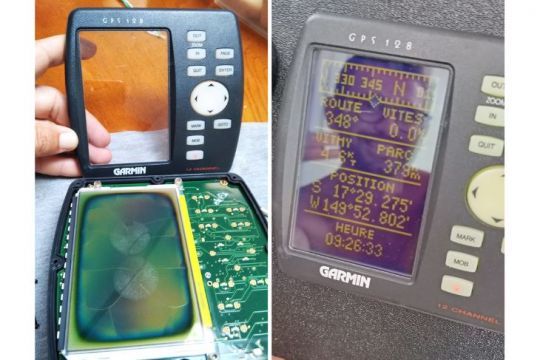
Protecting instruments, a necessity
Once your screen has been refurbished and to ensure that it will last, it is important to protect it. Regardless of where you sail, we recommend that you cover your equipment as soon as it is not in use.
A protective plastic cover, often supplied with the device, or an anti-UV fabric cover will protect your instrument from the sun, and prevent UV rays from slowly deteriorating the screen. To delay the loss of legibility, it is also recommended to clean your accessories carefully: use cleaning products that are not too aggressive and soft tools, such as a microfiber cloth or a chamois, which will not draw scratches on the screens.
